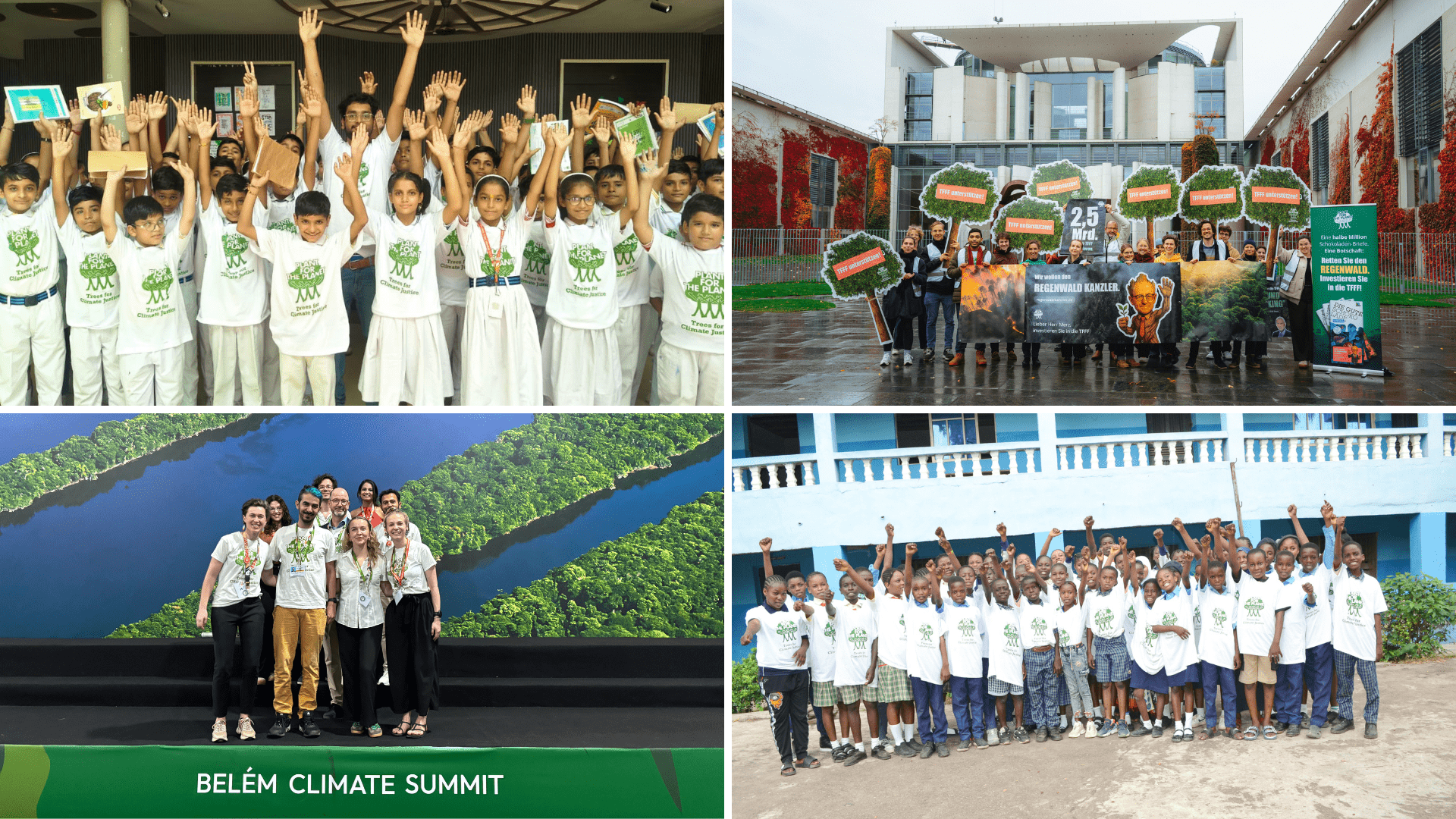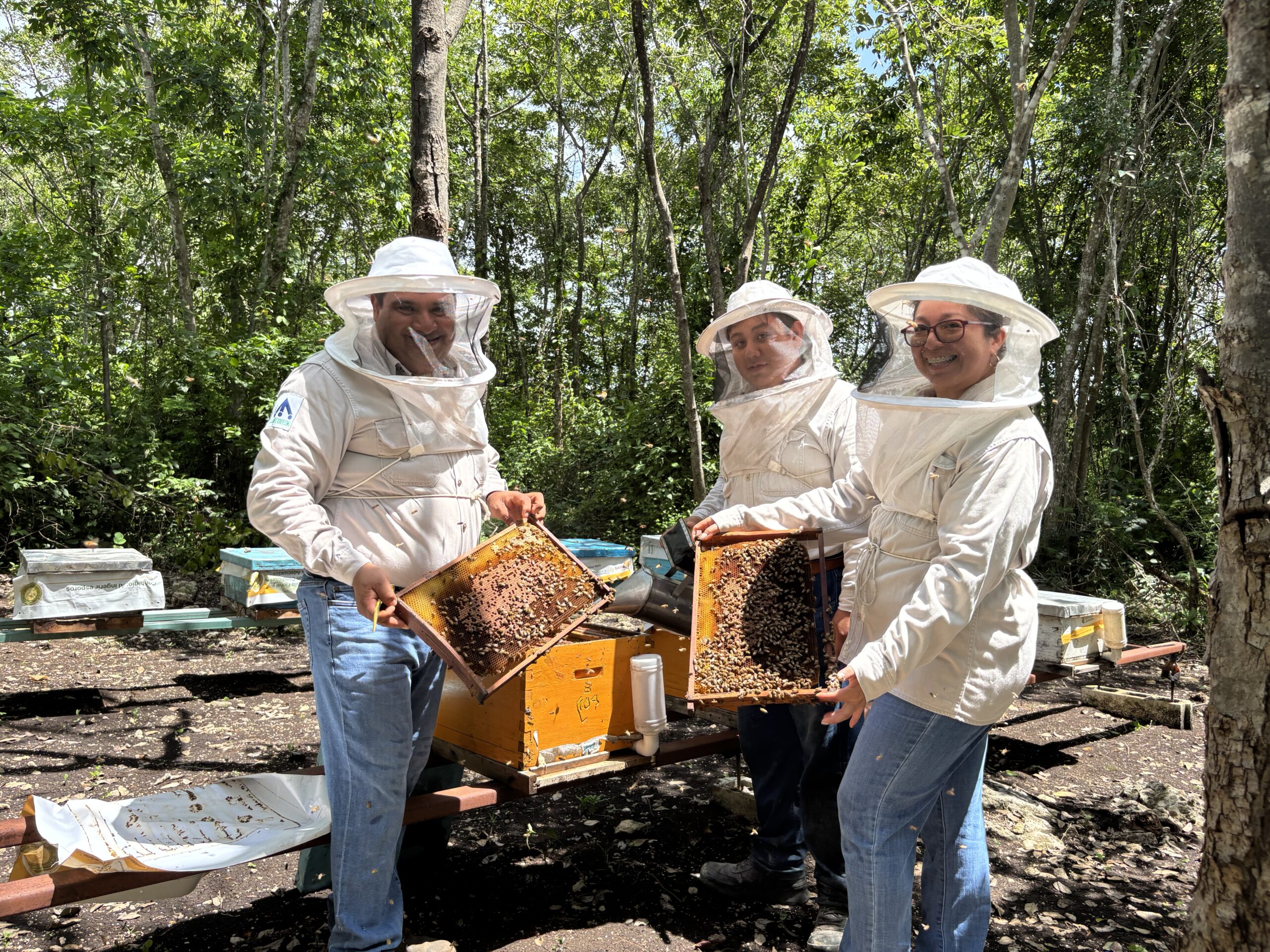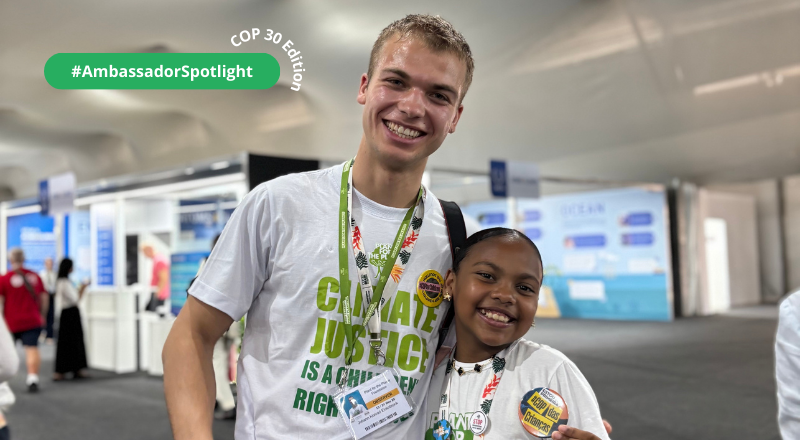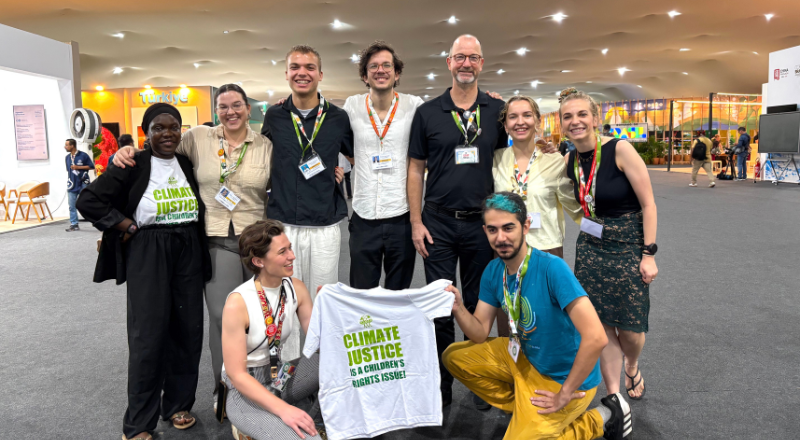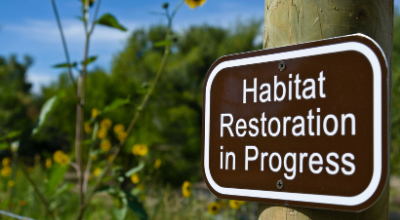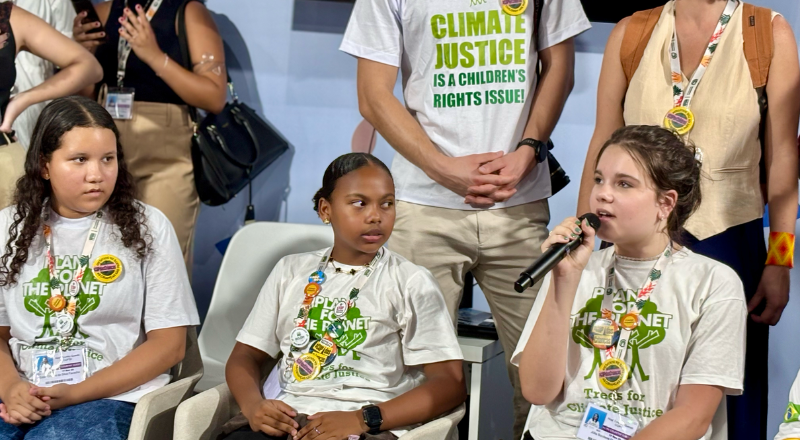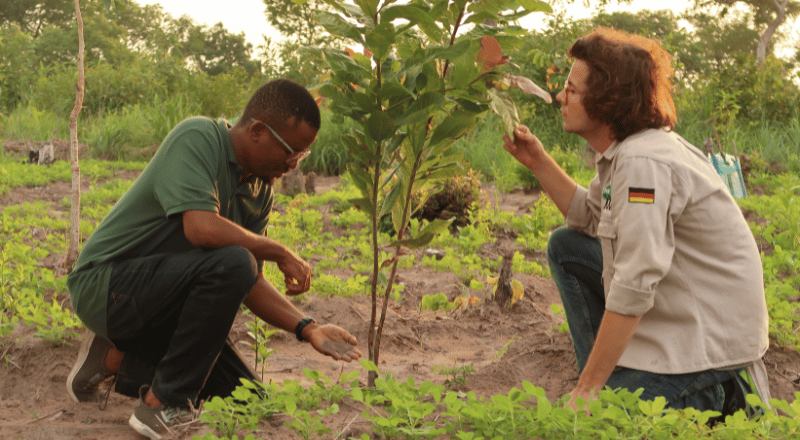
Over the past few months, our team at Plant-for-Ghana has been working hard, restoring degraded landscapes across our 1,000 hectares during the planting season in June and July. The project’s mission is clear: bring back biodiversity, strengthen community livelihoods, and fight the climate crisis through ecosystem restoration. While that mission remains unchanged, Plant-for-Ghana has been facing one of our toughest challenges yet this year: a prolonged and extreme drought that started in July.
The unusually long dry spell has hit our direct seeding efforts especially hard. Direct seeding is a crucial part of our restoration, giving trees like Shea the chance to grow directly in the soil and develop deep, resilient root systems. But with little rain, many of the seeds we planted simply didn’t get the moisture they needed to sprout and take hold, resulting in lower survival rates.
So far, we have planted 29,533 seedlings and completed 21,000 direct seedings, but about 10,000 cashew seeds remain unplanted due to the drought that causes a high risk for direct planting. Direct planting means sowing seeds straight into the soil rather than starting them in a nursery. This approach works well for some tree species that can normally handle harsher conditions from the start, but for others it carries a higher risk, as the seeds may not survive without extra care. With such a strong drought, even the more resilient species are struggling to grow.
With the planting goal of 60,000 trees in 2025, this is a setback, and it highlights the importance of our work even more: the climate crisis is real, and Northern Ghana’s landscapes and the communities that depend on them are among the most vulnerable.
Ghana’s Vulnerability to the Climate Crisis
Ghana, like many countries in West Africa, faces increasing climate pressures. Rising temperatures, shifting rainfall patterns, and more frequent extreme weather events threaten ecosystems and communities alike. Regions dependent on rain-fed agriculture, such as Northern Ghana, are particularly exposed. Unpredictable rainfall and longer dry seasons threaten food security and local livelihoods. Ecosystems are under similar stress. Forests, savannas, and wetlands struggle with reduced water availability, hindered natural regeneration, and increased risk of wildfires. Species like the above-mentioned Shea tree face reduced survival rates, weakening ecosystem services such as soil fertility, water regulation, and carbon storage. Healthy ecosystems are not just “nice to have”, they are essential for communities and forests to withstand climate shocks.
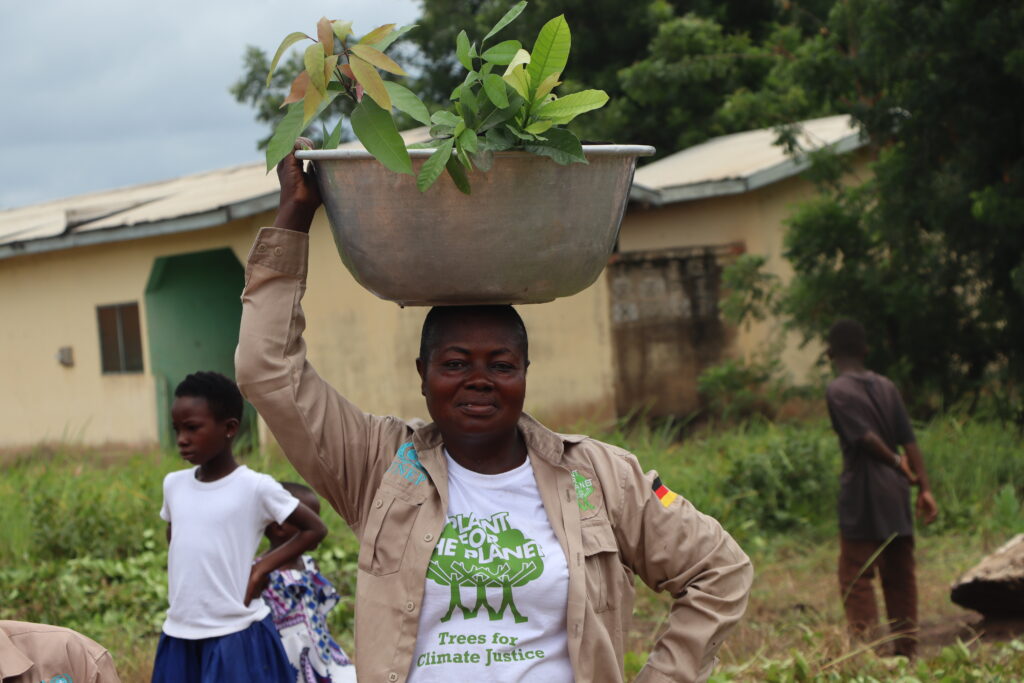
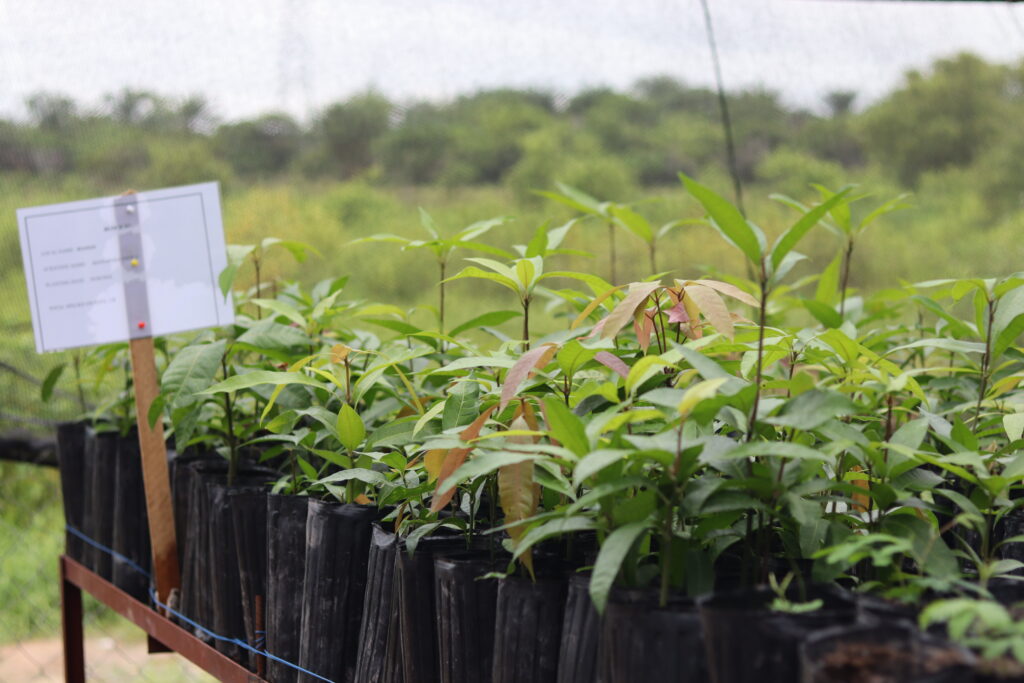
Building Resilience in the Face of Drought
This is where restoration comes in. Restoring degraded landscapes is more than planting trees. It is about building resilient ecosystems that protect communities, support biodiversity, and contribute to both climate adaptation and mitigation. By restoring degraded land, we are not only helping ecosystems regain their natural functions, we are actively creating landscapes that are more resilient to extreme weather events like droughts, richer in biodiversity, and better able to sustain local livelihoods over the long term.
Healthy, diverse ecosystems are one of the best defenses against drought. They retain moisture, provide shade, and stabilize soil. Restoration empowers both landscapes and communities to adapt to changing conditions. Through well-planned, science-based restoration, we are giving each seedling and each participating community the best chance to thrive and make a meaningful, lasting impact despite the challenges of the climate crisis.
Curious about community-led restoration and how both ecosystems and people build resilience in a very different environment—Kenya’s mangroves? Check out this blog.
Adapting During the Drought
Still, we are not discouraged. Our team has been actively responding and adapting to these extreme weather events. We are implementing water management strategies and protecting the seedlings that have already been planted to give them the best chance of survival until the needed rains return. As soon as conditions allow, we will resume direct planting of the 10,000 cashew trees.
These challenges underscore, now more than ever, that ecosystem restoration is not optional, it is essential for building resilient landscapes, safeguarding communities, and confronting the climate crisis head-on.
“To our donors, partners, and supporters: thank you for standing with us through both the highs and the challenges. Your support gives us the strength to adapt, stay resilient, and keep moving forward. This drought has only deepened our resolve. Together, we will continue to nurture life and build a climate-resilient future, even in the face of drought”, Mohammed Rabiu Dannakabu, Founder and Director of Plant-for-the-Planet Ghana and Leader of Plant-for-Ghana project, points out.
Want to support community-based restoration with Plant-for-Ghana? You can easily do it here.
